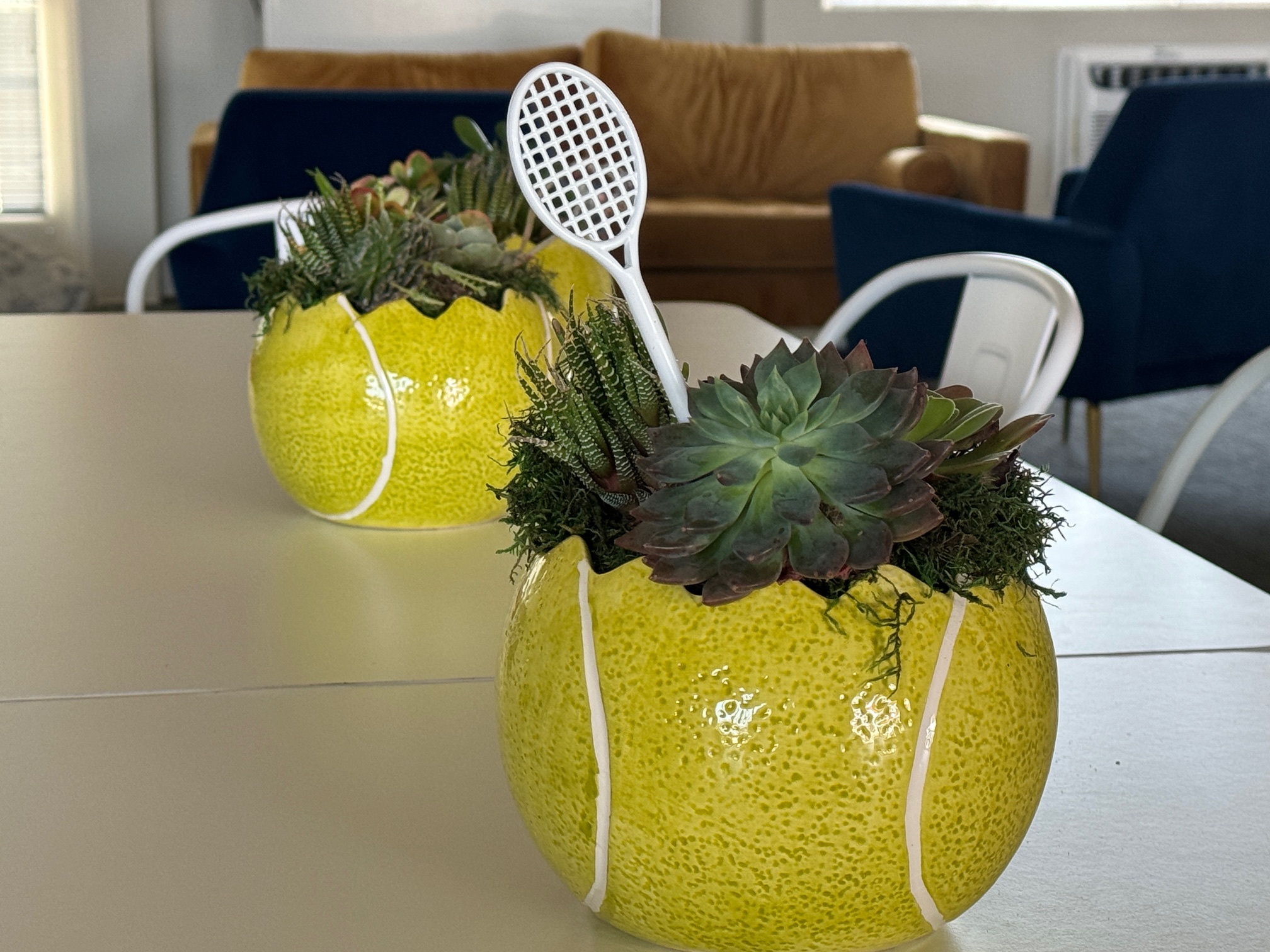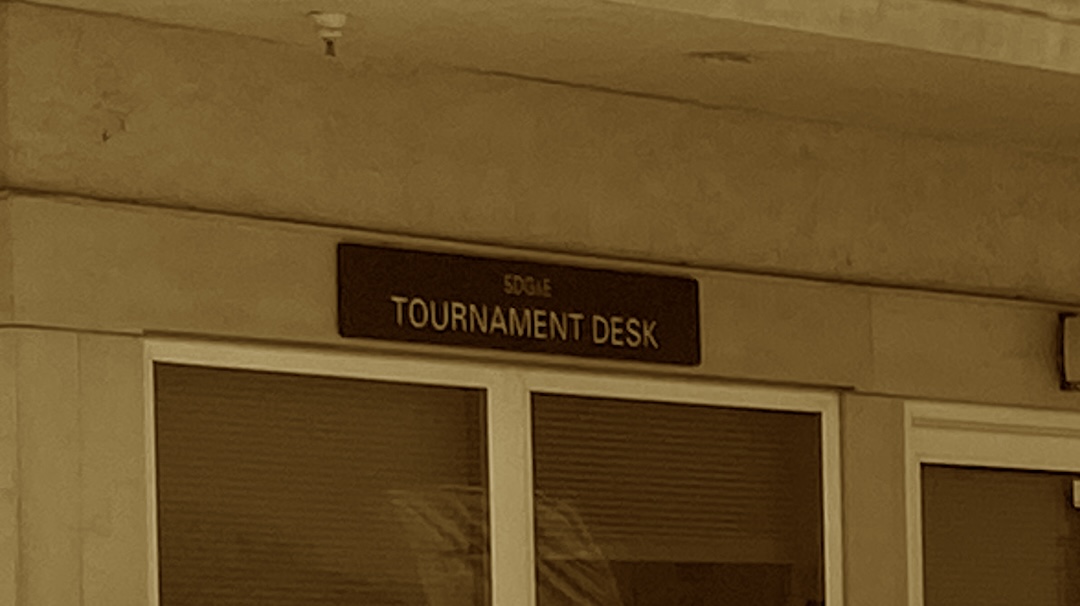The USTA Friend at Court is clear on the fact that the ITF has the sole authority to determine if tennis balls are suitable for sanctioned play. For their part, the ITF has published a wealth of information about this process on their Approved Balls webpage. The actual section of the Friend at Court regarding the ball rules less than a page, but the technical aspects of the specifications and process makes my engineer brain think that I might be spending a few days on this topic.
Detailed conformance requirements for the ball are presented in Appendix I of the Friend at Court. There is a large table with columns of parameters of size and performance characteristics of the ball. The table indicates that there are four types of balls: Type 1 (Fast), Type 2 (Medium), Type 3 (Slow), and High Altitude. There is also a separate table for the various permutations of Quickstart balls. I feel like the knowledge that there are four types of balls approved for sanctioned 78 foot court play is an opportunity to win a bar bet.
It also begs the question as to why the four types even exist. What I think of as the modern ball emerged in 1972 when color was introduced because as it turns out yellow is more vivid on television than white which was traditionally used up until that time. As it turns out, it also shows up better on the actual court as well and conversion from white to yellow occurred fairly quickly.
Wimbledon, the major that strives to be a time capsule to the recent past of tennis, was the last professional event to transition from white to yellow balls. So in addition to playing my formative years with a wooden racquet, I am also old enough to remember when white balls were the standard. No, the scoreboards were not chiseled stone tablets. You kids get off my lawn!
High altitude balls were added to the ITF standard in 1979. For anyone who has ever played at altitude, the ball bounces much higher and tends to sail higher off the racquet. The introduction of the high altitude ball allows players like me to consistently hit balls 3 feet out as opposed to over the fence when playing in the mountains, but I digress. The introduction of this ball makes total sense.
Type 1 and Type 3 balls were codified in 2002. I could not find any information about these two new ball types with the exception of one article published by the Independent in the UK indicating that it was approved at the ITF annual meeting held in Cancun, Mexico in 2001. From this I come to the obvious conclusion that tequila was heavily involved in the decision.
The Independent article also indicated that the reason for the multiple ball types was to slow down the pace of the ball on faster surfaces (grass) and to speed up the ball on slower surfaces (clay). It is not clear to me why the ITF decided that more uniformity was needed.
From a practical standpoint, the Type 2 “Medium” ball is the only ball commonly played. Currently, there are 152 ITF approved Type 2 balls, two Type 1 “Fast” balls, and zero Type 3 “Slow” balls. This is not exactly widespread use of the alternate ball types and it kind of makes me wonder why the specifications are still in the rules.
- United States Tennis Association (2020) Friend at Court. White Plains, NY
- International Tennis Federation, Approved Balls
- “ITF introduces three types of balls to counter power game“, Independent (UK), 18 September 2001.




So, is it true that if the imprint on a ball is in red ink, it is used for clay and black ink, red? If so, what about blue ink?
I *think* that it is just manufacturer convention, but I will look into it. (Thanks for the comment!)